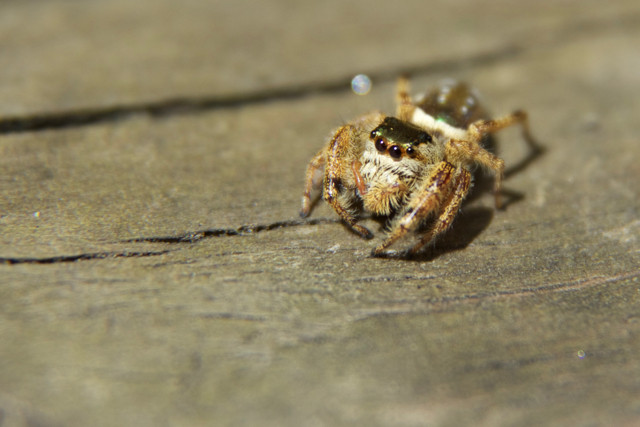Right now I'm using a Canon 5D mark II camera with 180mm macro lens, and I am hand-holding the camera. My flash is the MT-24 twin flash. Some of my photos aren't razor sharp and I'm thinking about the old rule that if you're using a 180 mm lens (for example) then you should have at the very least a 1/180 second flash sync speed.
Okay, so admittedly I meet the test since my flash sync is 1/200. But I'm wondering if I would have more razor-sharp pictures if I moved to a DSLR camera that had a 1/250 flash sync speed. As I get older my hands are less stable and I am thinking maybe I get a little camera shake at 1/200 flash sync.
Unfortunately the 1D is expensive and the 7D has a smaller sensor size than I'm using now. Advice?
I suppose another way to go would be to start using the 100 mm macro lens instead of the 180 mm. Taking a 1:1 (life-size) photo with the two lenses, camera shake would be less on the 100 mm, right? Thanks in advance for your help!


